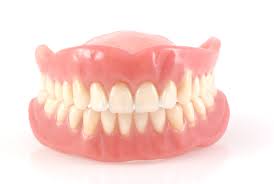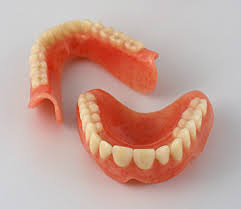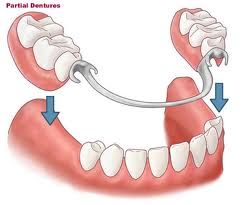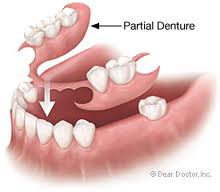You may be a candidate for any one or all of them, depending on the circumstances. Implants are becoming the treatment of choice for a number of reasons. Most significant among these is the expected longevity, strength and stability offered by current implant treatment, as well as the predictability of implant treatment with current technologies. Listed below are common treatment options for missing teeth.
Removable dentures are given to replace a single or multiple or the entiere missing teeth . The support to replace the tooth is given by an acrylic material which mimic the color of the gums.




Crowns are usually single and given to the tooth in which root canal treatment is done in cases of severe attrition of tooth and in fractures.
Bridges are given in replacing single or multiple teeth to carryout this procedure we support of the teeth on either side of the missing teeth and prepare a bridge which is fixed permanently. Bridges can be tooth support or implant supported.
A bridge, also known as a fixed removable denture, is made to replace one or more missing teeth. Bridges can be supported in any of three ways
By natural teeth
By implants
By a combination of teeth and implants
A traditional bridge is made by creating a crown for the teeth on either side of the space and placing a false tooth or teeth between the crowns. The crowns, sometimes called caps, can be supported by natural teeth or by implants. The false tooth or teeth are attached to the crowns and fill the empty space.
If the teeth receiving the crowns are healthy and strong, they probably will not need root canal therapy. However, parts of the teeth will be removed to make space for the crowns. Traditional bridges are made either of porcelain fused to metal (PFM) or ceramics.
There are other types of bridges as well. A cantilever bridge is held in the mouth by one or more crowns on only one side of the space where a tooth is missing. A Maryland bonded bridge consists of a metal framework with "wings" on each side. The wings are bonded to the back of your existing teeth. The false teeth are also bonded to the framework. This type of bridge is also called a resin-bonded bridge or an acid-etched bridge.
Bonded bridges usually are not as expensive as traditional bridges. That's because the adjacent teeth need less preparation and do not get crowns. However, these bridges are only as strong as the bonding material. Resin-bonded bridges tend not to stay cemented in place as well as other kinds in parts of the mouth where there is a lot of biting force. They also may not be the best choice if the wings will have to be small to avoid getting in the way of the bite or the gums.
Getting a bridge requires at least two visits, but often more. At the first visit, your dentist prepares the teeth and covers them with temporary crowns. The dentist may also make impressions of the teeth.
The bridge is placed at later visits. On average, bridges last five to seven years. A major reason bridges fail is that new cavities develop on the supporting teeth. These cavities occur because of poor oral hygiene. With proper hygiene, which includes flossing your teeth under the bridge, they will last longer.